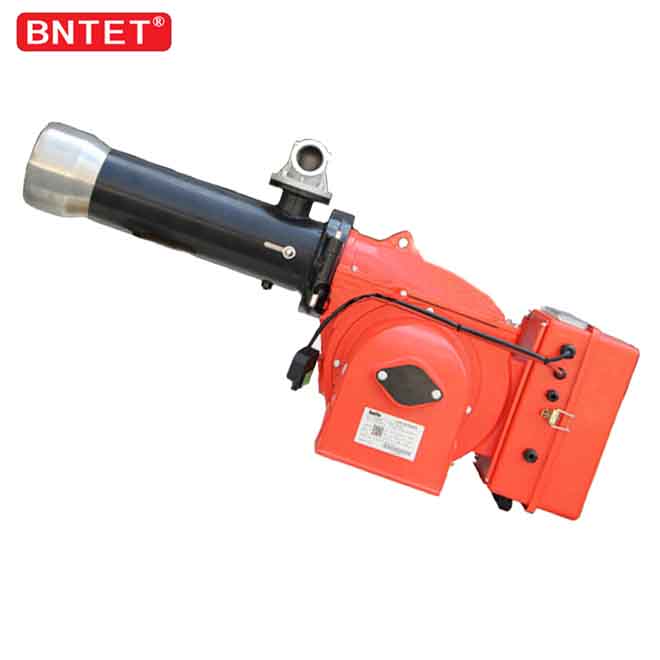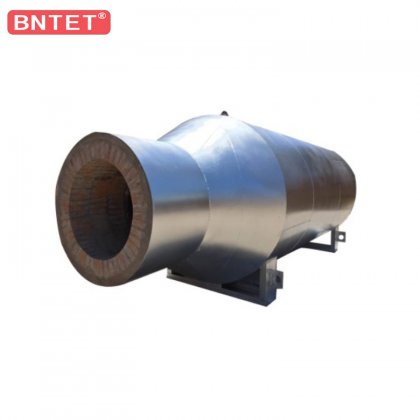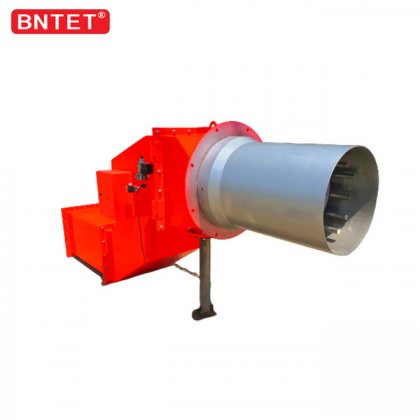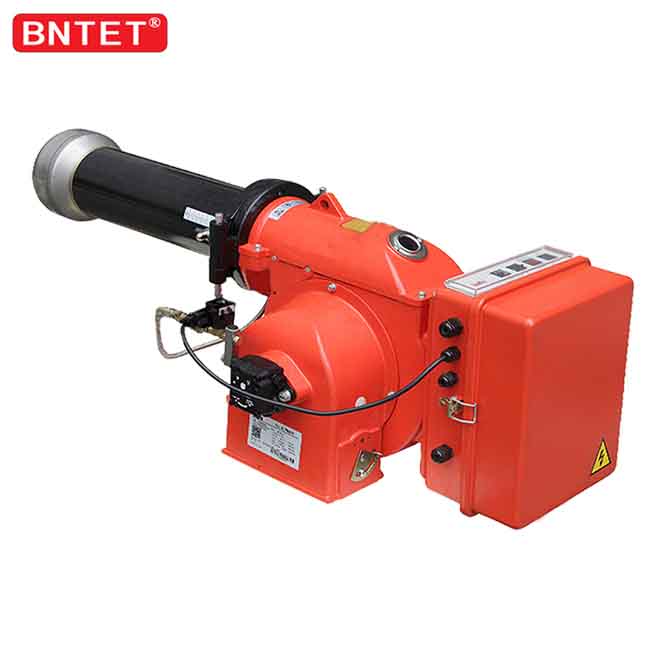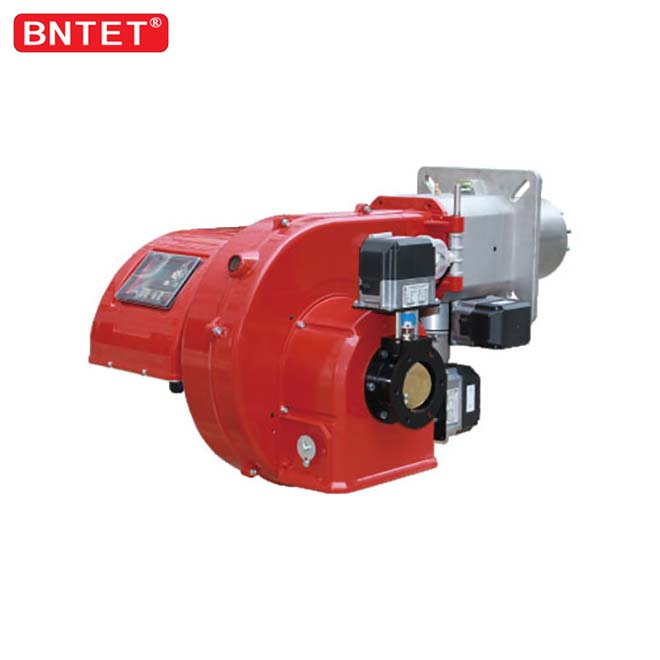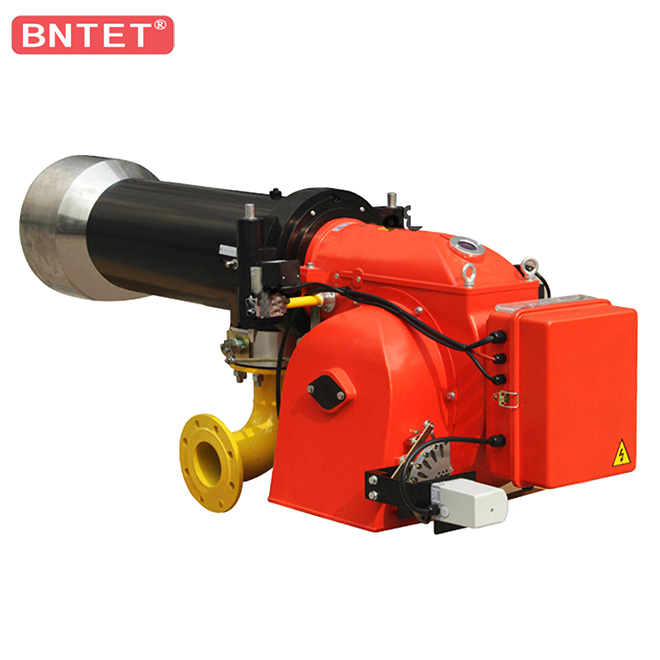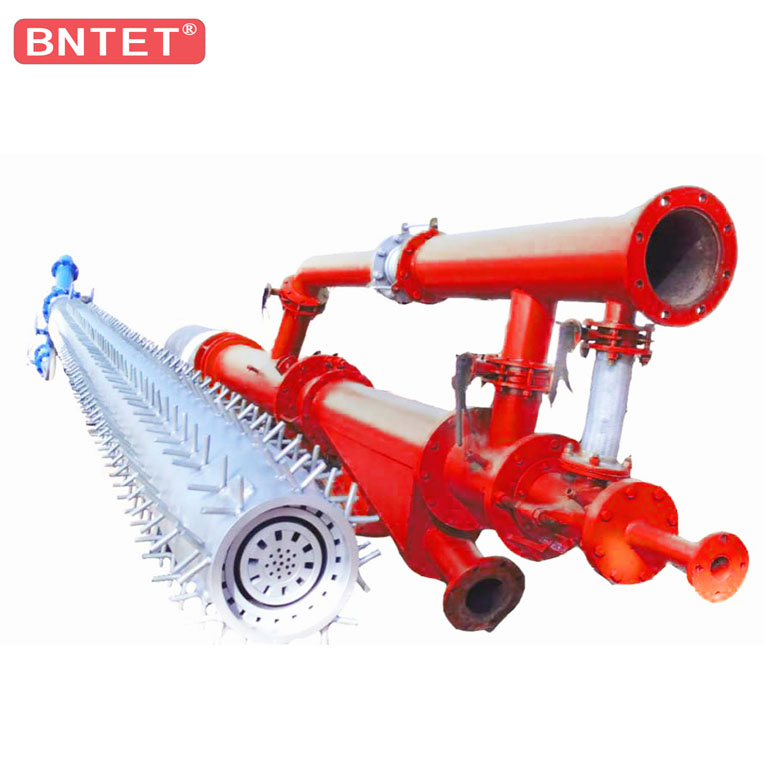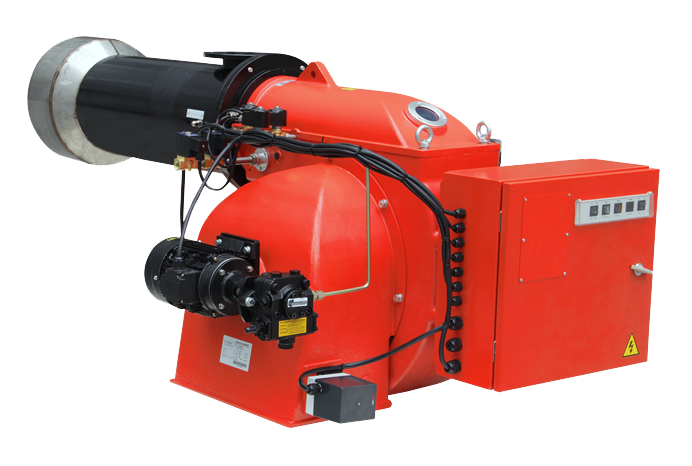
The functions and differences of the primary, secondary and tertiary air of the boiler burner:
The pulverized coal burners of the tangentially rounded boiler include: primary air, secondary air, tertiary air, burn-out air and other burners. Here, what is the difference between primary air, secondary air, and tertiary air?
One wind:
The primary air is used to transport and heat the pulverized coal, so that the pulverized coal is sent into the furnace through the primary air duct, and can supply the oxygen required for the volatile components in the pulverized coal to ignite and burn. The role of powder preheating. In addition to maintaining a certain concentration of the gas and powder mixture for easy transportation, its role is to provide enough oxygen for the fuel in the early stage of combustion. There are two types of primary wind: cold primary wind and hot primary wind. The hot primary air is used to ensure that the pulverized coal has a certain temperature when it enters the boiler to improve energy utilization. The cold primary air is used to adjust the temperature of the hot primary air to ensure the maximum heat exchange rate effect. The pulverized coal carried by the primary air enters the furnace and is burned with oxygen provided by the secondary air.
Secondary air:
The secondary air is the hot air sent into the furnace through a separate channel of the burner, and it is gradually mixed with the primary air after entering the furnace. The secondary air provides oxygen for the combustion of carbon, and can strengthen the disturbance of the airflow, promote the return of high-temperature flue gas, promote the mixing of combustibles and oxygen, and provide conditions for complete combustion. The air volume of the secondary air is the largest among the primary air and the tertiary air, and it occupies a considerable proportion of the total air volume.
Three winds:
The tertiary air is the dry air discharged from the pulverizing system, commonly known as exhaust air. It is used as a medium for conveying pulverized coal. It is called primary air when powder is fed, and is called tertiary air only when it is fed into the furnace with a separate nozzle. The tertiary air contains a small amount of pulverized coal and has a high wind speed, which has a strong mixing effect on the pulverized coal combustion process and supplements the oxygen required in the burnout stage. Due to its low air temperature and high water vapor, it has the effect of lowering the furnace temperature.
